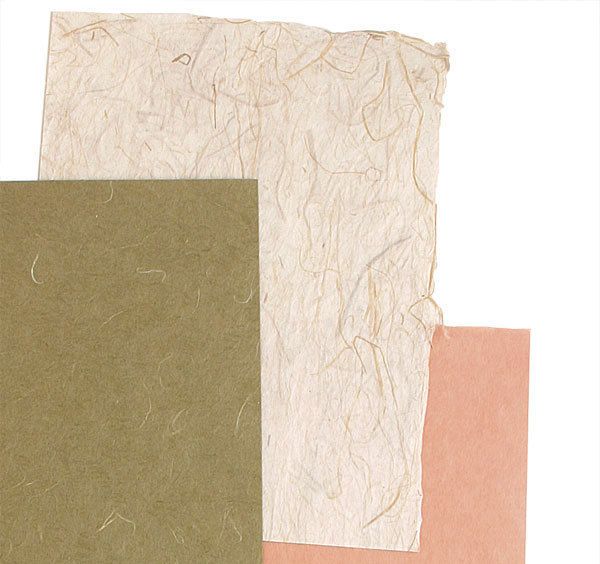Working with Japanese Paper
Basic techniques to add this decorative material to projects such as screens and lampshades
Synopsis: Traditional Japanese paper has a long tradition of being used to give furniture texture, color, and individuality, in much the same way that a perfect piece of figured wood is used as part of Western design. There are three basic ways to incorporate Japanese paper into a piece of furniture. First, it can take the place of a solid panel in frame-and-panel construction. The most common form is the traditional shoji screen. Second, the paper can be placed in front of a light source to highlight its texture and color. Uses include lampshades and interior window shutters. Third, it can be used as a form of marquetry, where different pieces of paper are cut out and adhered to an existing paper panel to create a landscape or geometric design. The only tools needed are a sharp knife, a straightedge, and some glue.
Radically stronger than Western paper, traditional Japanese paper is much like a thin, easily worked piece of cloth made from 100% natural fibers. It has a long tradition in Asia of being used to give furniture texture, color, and individuality, in much the same way that a perfect piece of figured wood is used as part of Western design.
There are three basic ways to incorporate Japanese paper into a piece of furniture. First, it can take the place of a solid panel in frame-andpanel construction. The most common form is the traditional shoji screen, but panels in doors and cabinets of any size can be constructed this way.
Second, the paper can be placed in front of a light source to highlight its texture and color. Uses include lampshades and interior window shutters.
Third, it can be used as a form of marquetry, where different pieces of paper are cut out and adhered to an existing paper panel to create a landscape or geometric design.
The only tools needed are a sharp knife, a straightedge, and some glue.
Design for available paper sizes
There are some general rules when building a piece of furniture that incorporates this paper. Make sure you know the size of the paper you’ll be using before you start the project; handmade paper doesn’t come in unlimited sizes. If you’re covering a large area, wooden dividers must be added to the frame. Known as kumikos, they strengthen the frame, give some protection to the paper from errant elbows and chair backs, offer many design possibilities, and give joints in the paper a place to overlap.
Because paper doesn’t offer as much support as a wood panel, the frame and its joints must be engineered to provide maximum strength. Also, all four sides of the frame and any dividers must be flush at the back because that is where the paper usually is applied.
From Fine Woodworking #191
For the full article, download the PDF below:
Fine Woodworking Recommended Products

AnchorSeal Log and Lumber End-Grain Sealer

Circle Guide

Compass























Log in or create an account to post a comment.
Sign up Log in